
Ingredient
Deer fresh meat
"The Wild Delicacy: Exploring the Rich Flavors of Deer Fresh Meat"
Deer fresh meat, also known as venison, is a lean and tender meat that offers a rich and distinctive flavor. It is characterized by its deep red color and fine-grained texture. The meat is typically low in fat and cholesterol, making it a healthier alternative to other red meats. Its natural, gamey taste is often described as earthy, slightly sweet, and robust. The texture of deer meat is tender and succulent, with a slight chewiness that adds to its overall appeal.
Origins and history
Deer meat has a long history of consumption, dating back to ancient times. It has been a staple in many cultures around the world, particularly in regions where deer are abundant. In North America, Native Americans relied on deer as a vital source of food and materials. In Europe, venison was highly prized and often reserved for nobility. Today, deer meat is enjoyed in various cuisines globally, from traditional dishes like venison stew to modern interpretations in fine dining establishments.
Nutritional information
Deer fresh meat is a rich source of protein, iron, and B vitamins. It is low in fat and cholesterol, making it a healthy choice for those looking to incorporate lean meats into their diet.
Allergens
Deer fresh meat does not typically pose allergenic concerns, but individuals with a history of red meat allergies should exercise caution.
How to select
When selecting deer fresh meat, look for cuts that are deep red in color, with little to no discoloration or browning. The meat should have a fresh, slightly gamey aroma. Avoid cuts that appear slimy or have a strong odor, as these may indicate spoilage. Additionally, choose cuts that are well-trimmed and free from excessive fat or connective tissue.
Storage recommendations
To maintain the freshness and quality of deer fresh meat, it is best to store it in the refrigerator at a temperature below 40°F (4°C). If not consumed within a few days, it can be stored in the freezer for up to six months. Proper packaging, such as vacuum-sealed bags or airtight containers, helps prevent freezer burn and maintain optimal flavor.
How to produce
Deer fresh meat is typically obtained through hunting, as deer are wild animals. However, for those interested in raising deer for meat, it requires specialized knowledge and permits, as deer farming is regulated in many regions.
Preparation tips
Before cooking deer fresh meat, it is recommended to marinate it for a few hours to tenderize and enhance its flavors. Due to its lean nature, it is important not to overcook deer meat to prevent it from becoming tough and dry. Popular cooking methods include grilling, roasting, or braising. It pairs well with bold flavors such as juniper berries, rosemary, or red wine. For a tender result, consider slow cooking methods like stewing or sous vide.
Culinary uses
Deer fresh meat is commonly used in a variety of dishes, including stews, roasts, sausages, and burgers. It is also a popular choice for jerky and charcuterie. Its rich, gamey flavor adds depth to recipes and pairs well with hearty ingredients like root vegetables, mushrooms, and dark leafy greens.
Availability
Deer fresh meat is commonly available in regions with a significant deer population, such as North America, Europe, and parts of Asia.
More ingredients from this category

Wapiti elk meat
The Majestic Delicacy: Wapiti Elk Meat
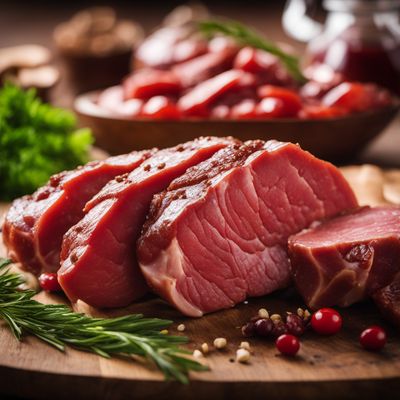
Deer, red fresh meat
The Game-Changer: Red Deer Meat
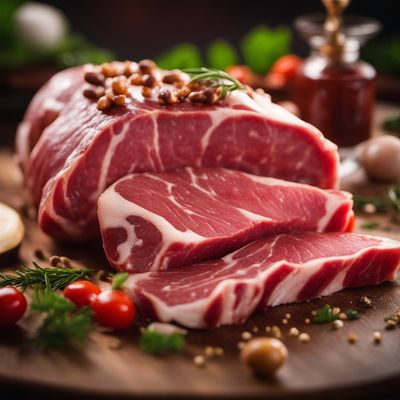
Deer, fallow fresh meat
The Delicate Delights of Fallow Deer Meat

Roe deer meat
Delicate Delight: Roe Deer Meat
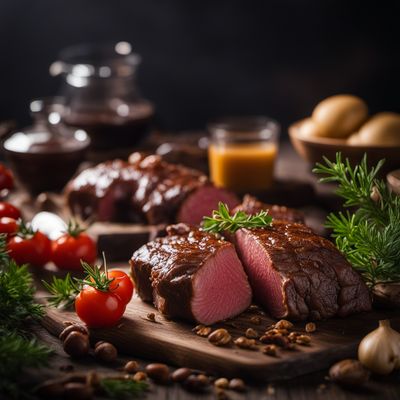
European moose meat
The Majestic Delicacy: European Moose Meat Unveiled

Reindeer meat
The Arctic Delicacy

Deer, minced meat
Venison: The Lean and Flavorful Game Meat
Recipes using Deer fresh meat » Browse all

Lepre alla Trentina - Venison Stew with Polenta
Savory Venison Stew: A Taste of Trentino

Namibian-style Revuelto de Gramajo
Savory Namibian Potato and Meat Scramble

Creamy Bunny Stew
Savory Creamy Bunny Stew: A Taste of Southern African Delight

Norwegian Venison Steak with Wild Game Sauce
Nordic Delight: Savory Venison Steak with Wild Game Sauce
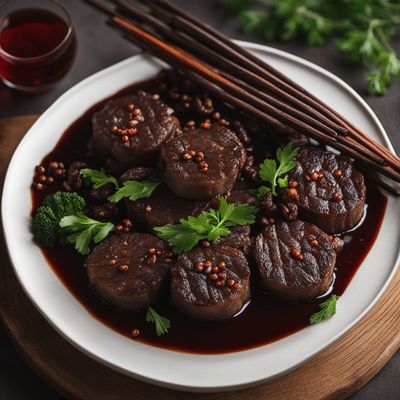
Anhui-style Venison Medallions
Tender Venison Medallions with Anhui Flair
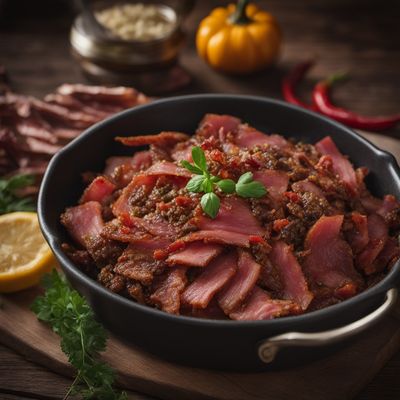
Kazakh-style Venison with Cheese and Bacon
Savory Kazakh Venison Delight
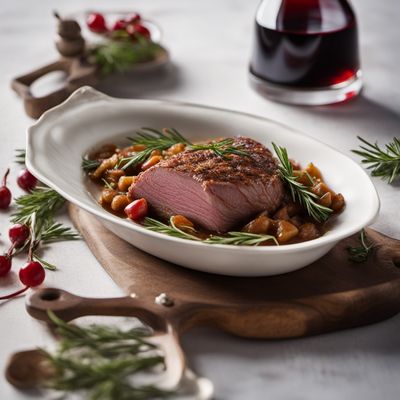
Capriolo alla Valdostana
Savory Venison Delight

Canadian Cipaille - Savory Meat Pie
Hearty Layers of Canadian Delight: Cipaille, the Ultimate Meat Pie

Grenadian Spiced Venison Stew
Caribbean Delight: Grenadian Spiced Venison Stew
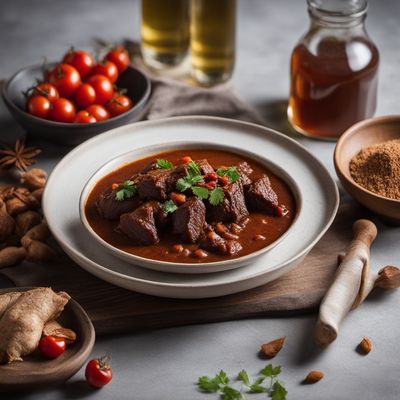
Malian-style Spiced Venison with Wild Sauce
Savory Malian Delight: Spiced Venison with Wild Sauce

Haute Khanum Budu
Elevated Delicacy: Haute Khanum Budu

Dutch-Inspired Venison Stew
Savory Venison Delight: A Dutch-Inspired Stew